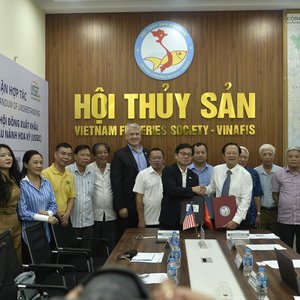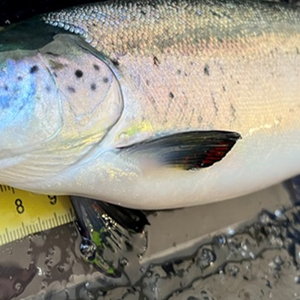The results of analyses performed on 8940 farmed fish in 2013 showed neither residues of legal medicines above permitted limits nor traces of illegal substances.
In 2013, NIFES analysed 3,160 samples from a total of 8940 fish for various types of medicine (5120 fish) and illegal substances (3820 fish). The analyses were performed on samples taken from individual fish or pooled from five fish. Although most of the fish tested were salmon, samples were also taken from other species.
Residues were found in only two of the pooled samples that were analysed for legal medicines. Both of them contained emamectin benzoate, which is used as a delousing treatment. The highest level detected was 32 ng/g, which is well below the permitted limit of 100 ng/g.
“We found no residues in any of the samples that we tested for antibiotics,” says NIFES research scientist Rita Hannisdal.
Residues of illegal substances were not found in any of the samples.
In addition to a strict use of veterinary drugs, Norway has implementet a monitoring system in accordance with the EU (Directive 96/23). This is done to ensure that farmed fish for human consumption does not contain residues of legally used drugs including delousing agents in harmful concentrations, or residues of illegal drugs. The Norwegian Food Safety Authority is responsible for the monitoring programme, and NIFES analyses and reports on farmed fish. Norway has a control system that complies with international guidelines in this area (Directive 96/23).
The samples that are analysed for legally used medicines are collected at slaughtering plants and are representative of fish that are ready for consumption. The samples that are analysed for illegal substances are collected on unannounced visits to fish farms, and samples may be taken of fish at different stages in the production cycle.
The 2013 results confirm good food safety as far as medicines and illegal substances are concerned, the data are consistent with the results of previous years.










